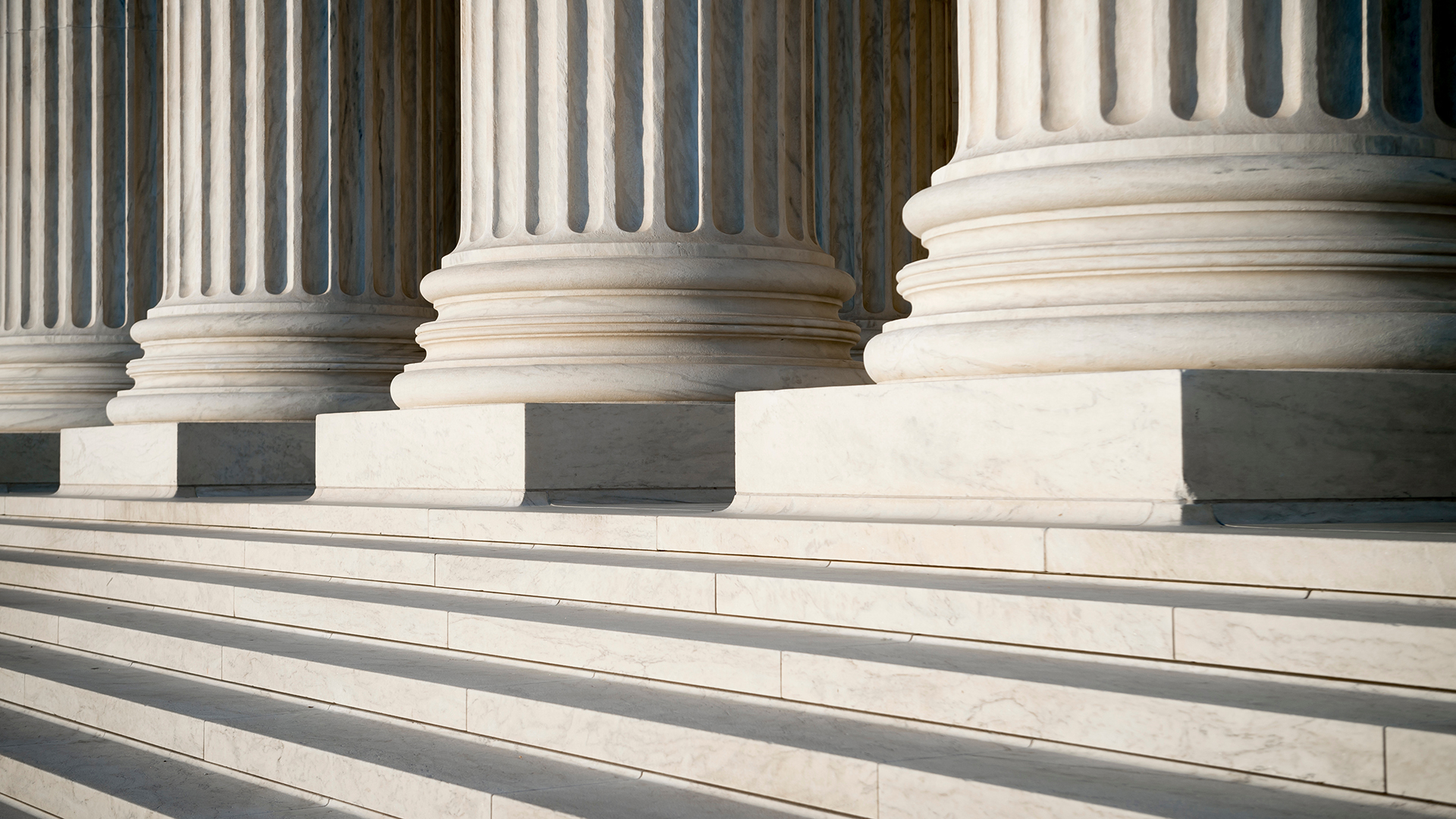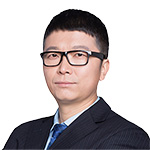
How the Courts Are Helping Brand Owners Against Trademark Squatting in China
Global | Publication | November 2023
Preemptive trademark registration or trademark squatting is the act of applying for the registration of commercial identifiers such as trademarks, trade names, and domain names used by others prior to the filing of the squatted trademark. In practice, there have also been cases of squatting other people’s “passively used” trademarks (such as abbreviations, unofficial Chinese translations of foreign brands, and homophonic names) and preemptive registrations of the names of famous people.
For a long time, preemptive registration has been a problem for many rights holders, especially foreign brands, because the “first-to-file” trademark registration mechanism, which China uses, leaves room for it.
To ensure an effective business environment, China has been trying harder to combat malicious trademark registration applications. Although the Trademark Law does not provide for regulating the liability for preemptive registration (because it is contrary to the first-to-file principle), further curbs exist for abnormal applications, such as obvious bad-faith filings, professional squatting, and trademark hoarding. In addition, the Trademark Law also clarifies the responsibilities of agencies that actively assist in malicious applications, representing a powerful initiative to regulate how agents work.
Administrative and Judicial Avenues
To fight against trademark squatting, the prior rights holder may consider removing the preemptive registration through administrative remedies, such as opposition, invalidation, or non-use cancellation proceedings.
If the owner of the preemptive registration engages in unfair competition by using the squatted trademark or infringes other rights and interests of the original brand owner, the filing of unfair competition or infringement lawsuits could be a possibility for the original brand owner to fight back.
In some cases, the infringing parties will rely on the squatted trademark to write to the original brand owner, claiming trademark infringement and threatening a lawsuit. In such a situation, the original brand owner can respond by filing a non-infringement lawsuit.
However, if the squatter only conducts the mere act of preemptive registration without obvious malice or infringing acts, a brand owner will find it difficult to pursue the squatter for civil liability.
Although the costs of trademark squatting are relatively low, a brand owner’s costs in defending its rights (including legal fees, costs of collecting and fixing evidence, and litigation) could be quite high. In a large-scale squatting situation, for example, the costs incurred by both parties could differ hugely.
Obtaining Redress
Even if the brand owner succeeds in invalidating the squatted trademark, the result of success obtained through administrative action is only to make the infringer lose the rights that did not belong to it originally. Moreover, after a trademark has been invalidated, infringers may infringe again under different entities. Therefore, whether the brand owner can demand civil compensation and pursue the civil liability of the infringer for the mere squatting act is particularly relevant to a brand owner.
China implements the first-to-file trademark registration mechanism, which means that the granting of trademark rights is mainly based on the filing date, not on use. Prior use is only a defense against a registered trademark and cannot directly overturn one.
The former Trademark Law had very limited effect on regulating trademark squatting. Previously, the main legal basis for the Trademark Office and the courts to judge malicious squatting was as follows:
- Article 32, which says persons “shall not damage the existing prior rights of others” and “shall not preemptively register, through unfair means, a trademark that has been used by others and has obtained certain influence”;
- Article 13, which provides the cross-class protection for well-known trademarks; and
- Article 15, which prohibits preemptive registration by trademark agents and commercial contacts.
These provisions restrict some prior rights, such as the popularity of the prior trademark, and the identity of the trademark squatter, resulting in a limited scope of applicable squatting cases. It is especially difficult to combat a large number of speculative squatting situations.
Into Court
When the squatter uses the squatted trademark to mislead the consumer or even files malicious litigation, causing losses to the original brand owner, after it has filed invalidation and opposition actions against the squatted trademark, the original brand owner could file a civil lawsuit against the squatter for compensation.
However, if the owner of the infringing trademark has only implemented the mere act of preemptive registration, and the original rights holder has invalidated the squatted trademark through administrative procedures, whether the original rights holder can make the trademark squatter bear civil liability is still uncertain. This will only become clear on a case-by-case basis, involving more in-depth analysis.
Anti-Unfair Competition Route
According to Article 2 of the Anti-Unfair Competition Law, business operators shall follow the principles of voluntary participation, equality, fairness, honesty, and good faith in market transactions, and abide by generally accepted business ethics. The term “unfair competition” refers, in this law, to the behavior of business operators in violation of the provisions of this law, harming the legitimate rights and interests of other business operators, and disrupting the social and economic order.
Therefore, the key to determining whether the actions of the alleged transgressor constitutes unfair competition lies in whether what it does violates the principle of good faith and accepted business ethics.
The principle of good faith is not only a fundamental principle of civil law but also a basic guideline that all parties shall abide by in market activities, pursuing their own interests without harming the interests of another. Any act that
- contravenes the purpose and spirit of the law;
- aims to harm the legitimate rights and interests of others;
- acquires and exercises rights in bad faith;
- exceeds the boundaries of rights; and
- disrupts the order of legitimate market competition
is an abuse of rights, and the law should not protect or support its relevant claims.
This means that the mere act of maliciously squatting another person’s trademark for profit can be included in the scope of application of the Anti-Unfair Competition Law.
On the other hand, in comparing and learning from different laws or cases, the Interpretation of the Supreme People’s Court on Several Issues Concerning the Application of Law to the Trial of Civil Dispute Cases Involving Computer Network Domain Names addresses the act of registration of domain names together with the act of use, stipulating that it is possible to evaluate the act of registration and the act of use separately as to whether they constitute infringement or unfair competition and adjudicate to bear legal liabilities such as compensation for damages.
If one refers to the regulation of domain name registration and trial practice, the mere act of trademark squatting can also be the subject of litigation under the Anti-Unfair Competition Law. Therefore, the legal principles and judicial practice are also consistent with requiring the infringer to bear civil liability for the mere act of trademark squatting.
In addition, the rights owner may file civil litigation against the trademark squatter to recover the lawyer’s fees and other economic losses that the rights owner suffered in maintaining its rights. At the same time, if the owner of the squatted trademark has already obtained administrative liability for the same act (such as the extinguishment of the right to register a trademark), this shall not affect what the court decides in a civil liability dispute. The civil liability of the squatter for the unfair competition shall not conflict with how the administrative authorities conduct their review process either.
The two cases that practitioners most often cite where the courts decided that trademark squatting violated the Anti-Unfair Competition Law are:
- Bayer Consumer Care Holdings LLC and Bayer Consumer Care AG v. Li Qing [(2018) Zhe 01Min Zhong No. 4546] by Hangzhou Court in 2018; and
- Emerson Electric Co. v. Xiamen Water Angels Drinking Water Equipment Co. Ltd. and others [(2021) Min Min Zhong No.1129] by Xiamen Court in 2021.
Both courts applied Article 2 of the Act to regulate trademark squatting; the Emerson case was the first time, in fact, that a court found that mere trademark squatting constituted unfair competition.
Meeting the Standard
These cases provide new ideas for rights holders to defend their rights when confronting large-scale malicious infringement. Judging from the existing trial practice, the courts will apply certain common factors in trademark squatting when looking at how the Anti-Unfair Competition works, and litigants need to meet these prerequisites:
- That all or part of the infringed trademarks involved have been declared invalid, unregistered, or revoked by administrative procedures, and the Trademark Office or the court must have found that the applications in bad faith have breached the relevant provisions of the Trademark Law.
- That the act of squatting is usually large-scale and continuous, and the original rights holder has incurred considerable economic loss, or its normal operations have been affected by instituting administrative proceedings to cancel the squatted trademarks.
- That, in addition to the act of trademark application, generally, the squatter is also using the squatted mark to mislead, file malicious complaints, and try to sell the squatted mark to the original rights holder for a high price.
Of these, the first point about trademark invalidation and bad-faith decision is the basic condition. Based on satisfying the first two points, the third point about other infringements is no longer a necessary prerequisite in the new cases. Instead, to satisfy the first point, the certain reputation of the marks in dispute and bad faith generally are also required in the specific case.
The Power of the Courts
In addition to the curbs on malicious and infringing acts in recent years, we have also seen a trend where the use of litigation, both in terms of breadth and depth, has strengthened the fight against trademark squatting. In addition to the regular ways of protecting intellectual property, rights holders should also pay attention to the latest developments in litigation when they need to defend their rights.
The original article was published in International Trademark Association Journal, 01 November, 2023.

